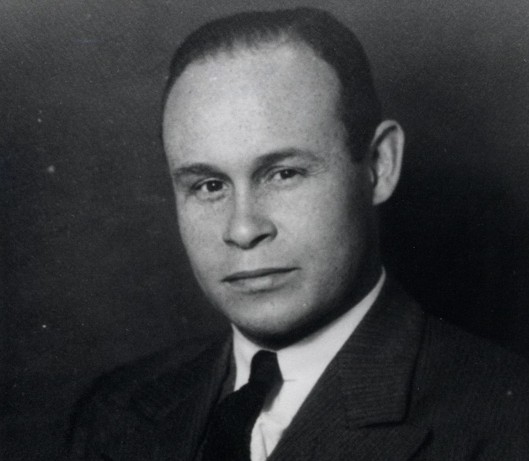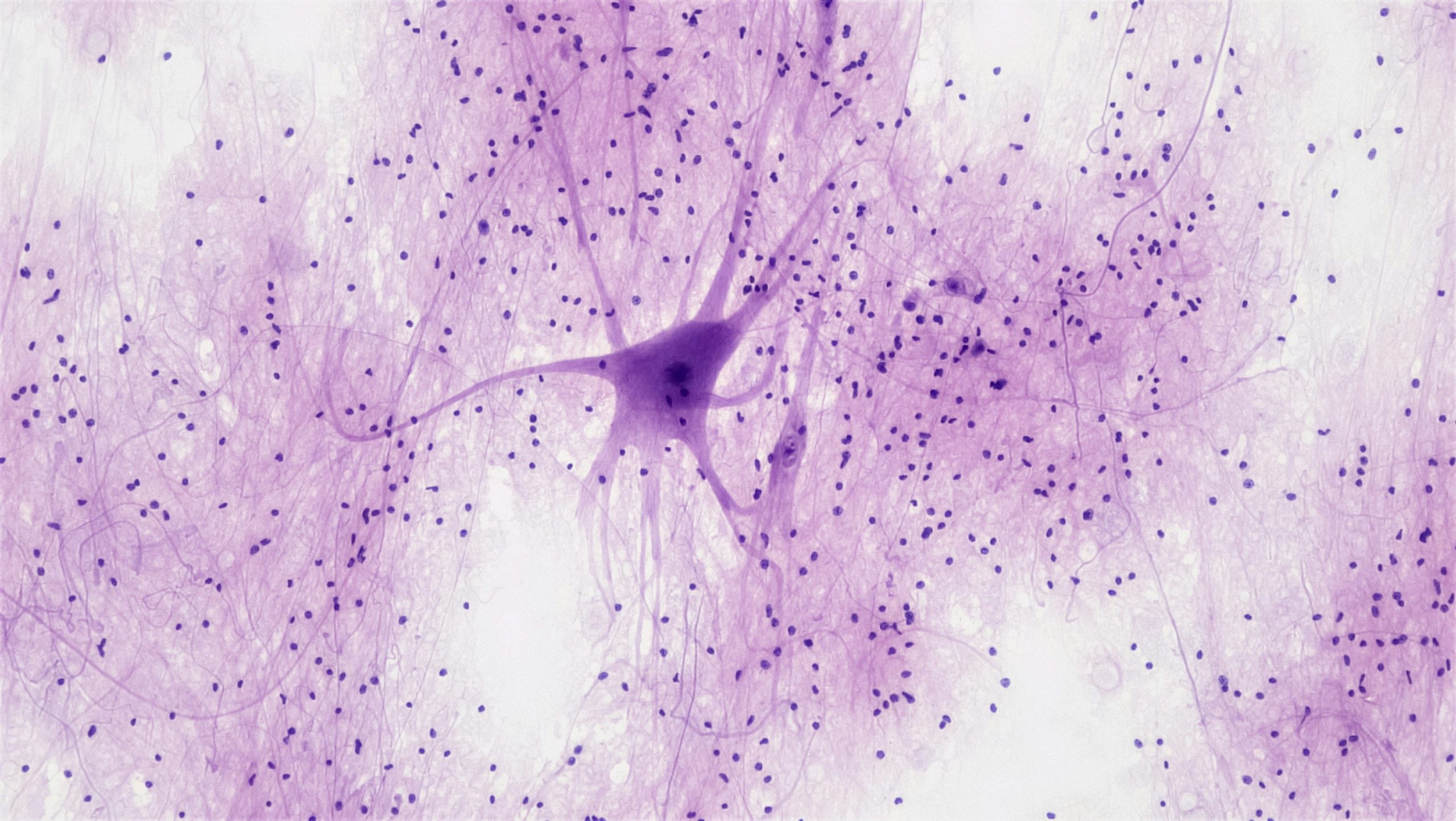by Dionne Jeevarajah, Year 13, Norwich High School for Girls, Norfolk
Every two seconds someone in America needs a blood transfusion. Blood is such a vital aspect of our bodies and always has been throughout the course of history. It is an essential part of Haematology; used in surgeries, traumatic injuries and cancer treatments to save countless lives, so how did it all begin?
Charles Richard Drew was a renowned doctor and surgeon who earned his title “Father of blood banking” due to his pioneering research and developments in the preservation of blood plasma which eventually led onto the organisation of America’s first large-scale blood bank. Drew, an African American, also strived to promote racial equality and justice in a heavily divided America. Throughout his career he campaigned against the exclusion of black physicians from medical organisations, such as the American Medical Association.
At the time, there were no refined techniques for the separation of blood components, which contributed to its short shelf life of one week, as only whole blood could be used. This caused hospitals to struggle to maintain a ready supply of blood for patients. Drew’s interest in transfusion medicine first sparked during his residency at Montreal Hospital, during which he worked on ways to treat shock with fluid replacement. Later on in 1938, whilst earning his doctorate at Columbia University, Drew worked closely with John Scudder to set up an experimental blood bank. They concentrated their research on blood chemistry and the factors affecting blood preservation which ultimately led to a successful seven month blood bank trial. In 1939, he sizeably increased the shelf life of plasma to two months. Plasma lacked the ability to carry oxygen like whole blood but nevertheless, it was a useful replacement especially for patients with trauma injuries and war. These conclusions led Drew to produce his groundbreaking dissertation, “Banked Blood: A Study in Blood Preservation.” His work assessed previous transfusion research and he evaluated the numerous types of anticoagulants and preservatives, as well as shapes of storage containers and temperature. He became the first African American to earn a medical doctorate from Columbia.
Drew’s hard work of complex procedures and relevant research led to the initiation of the U.S relief program— ‘Blood for Britain’, to collect and ship plasma overseas. Drew worked to develop procedures to preserve plasma against contamination and used centrifuging and sedimentation techniques to extract it. Drew’s technique used strict air and ultraviolet lighting conditions and an anti-bacterial called Merthiolate. By January 1914, more than 14,000 blood donations were collected and 5,000 litres of plasma was shipped to England under Drew’s command. This became a model for the blood-banking program for the Red Cross, which included the new innovation of mass production of dried plasma and ‘bloodmobiles’. It served as a pilot template for the National Blood Donor Service, which collected blood from 100,000 donors for the U.S military.
The country may have been united against foreign enemies, but it still remained divided by race. Ironically, the Red Cross prohibited African Americans from donating blood, making Drew himself unable to participate in the very program he established himself. Drew regularly criticised the racial segregation of blood as ‘unscientific and insulting to African Americans’. Because of this, Drew resigned from the Red Cross and returned to Howard University as chief surgeon. He continued to research and openly denounce the racist and unscientific polices of the government. True to his character, his mission was to “train young African Americans in any surgical speciality, to place them in strategic positions throughout the country”. He believed this would be his “greatest and most lasting contribution to medicine”. In 1943, at only 39 years old, he became the first African American examiner for the American Board of Surgery.
Drew made ground-breaking contributions in the biochemistry of blood preservation, which provided a scientific basis for large scale plasma donation. Along with his successful administrative leadership, these achievements placed him in the first rank of academic surgery of his generation. The tragic circumstances of his death at age 46 years adds poignancy to his legacy as one of foremost figures in American surgery in the 20th century.





